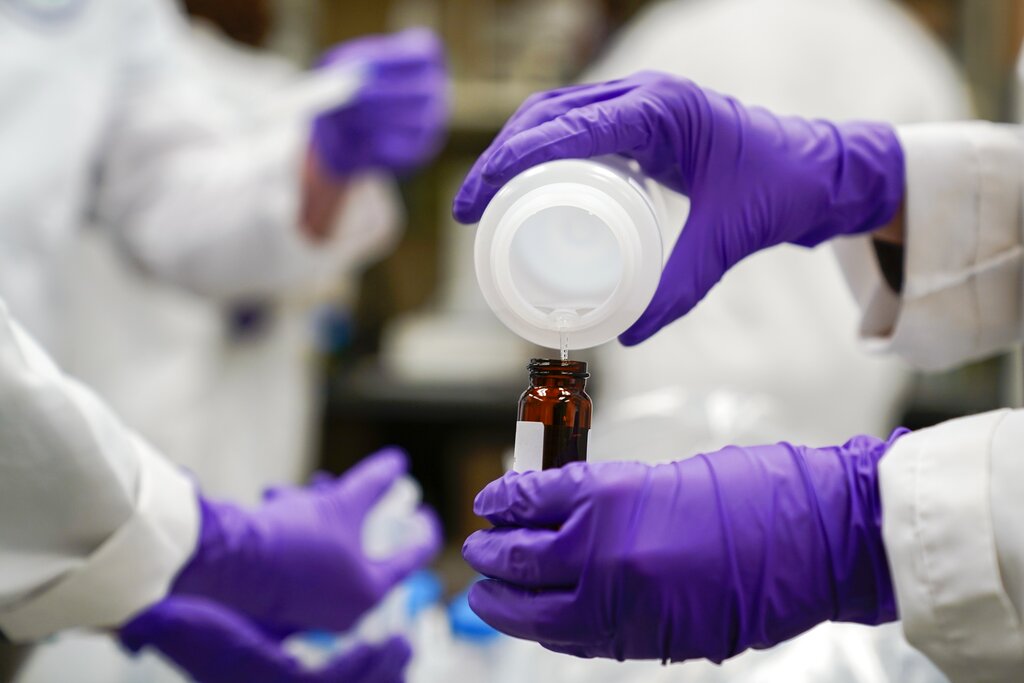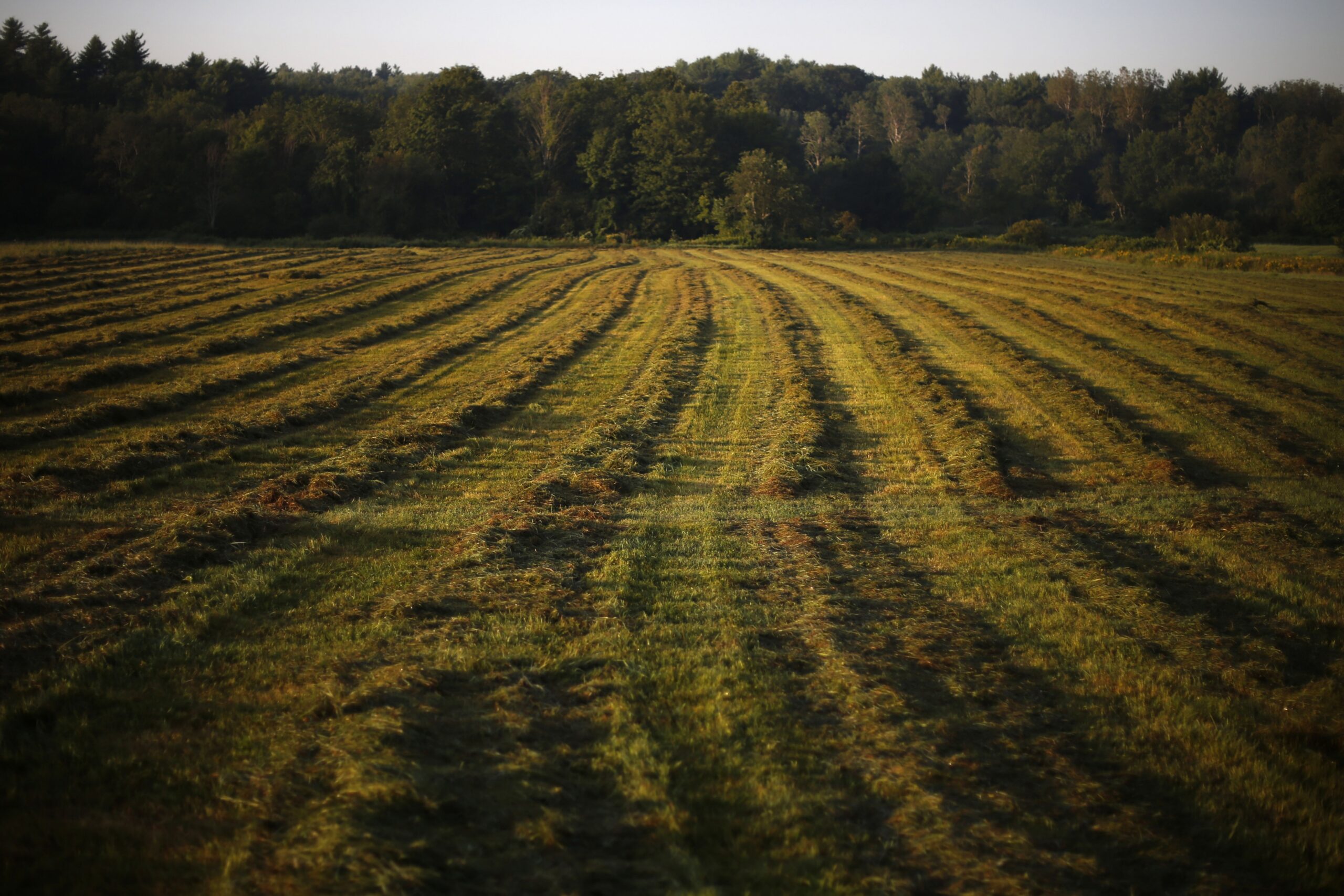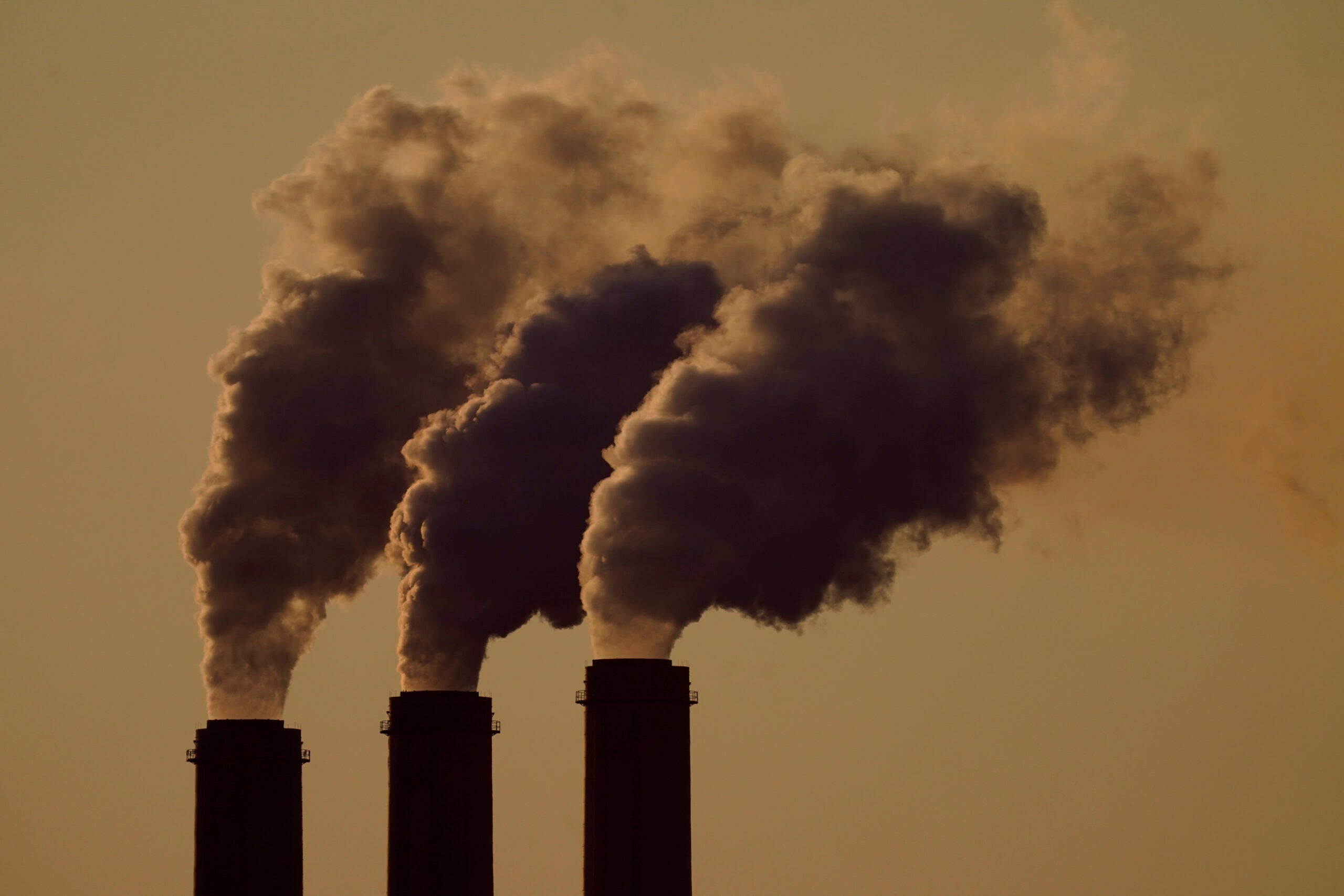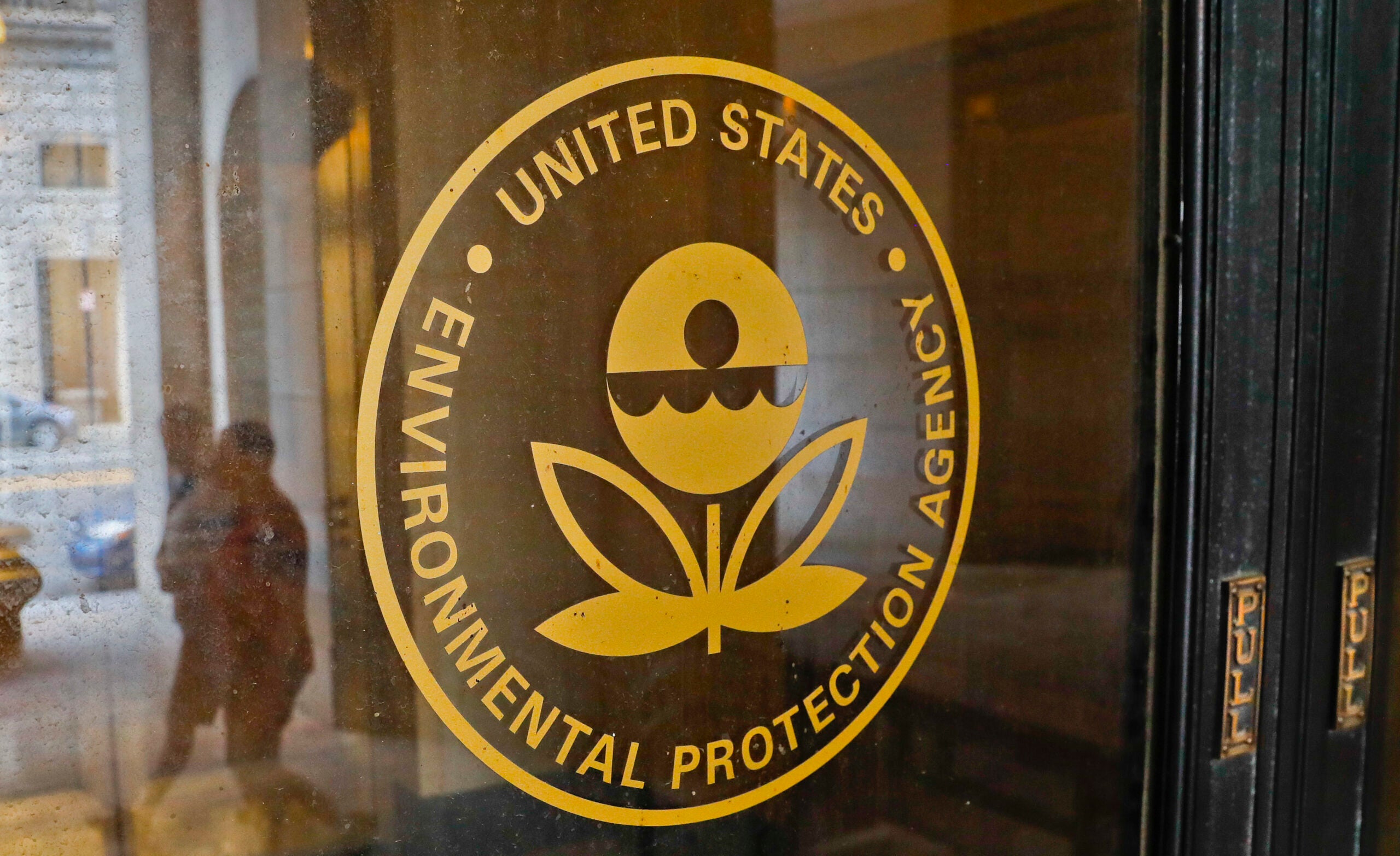The U.S. Environmental Protection Agency says Wisconsin saw an uptick in the release of toxic chemicals in 2017, the most recent reporting period. But the announcement comes as the state and nation is seeing an overall decline in the last decade.
The EPA tracks toxic chemicals that may pose a threat to human health and the environment through its Toxics Inventory Release list. Wisconsin industries reported they managed just under 360 million pounds of chemical waste that was a byproduct of their production in 2017, which increased about around 5 percent from 2016.
However, Susan Hedman, an attorney for Clean Wisconsin and former EPA regional administrator, said the state is doing more now than in years past to prevent releases of chemical waste into the environment.
News with a little more humanity
WPR’s “Wisconsin Today” newsletter keeps you connected to the state you love without feeling overwhelmed. No paywall. No agenda. No corporate filter.
“We’re also seeing in Wisconsin that there’s a lot more recycling of toxics and treatment of toxics going on, which is something that avoids releases,” she said. “So, that is good news for Wisconsin.”
Wisconsin industrial facilities recycled, treated or recovered 91 percent of the chemical waste they generated, performing better than the nation as a whole. In 2007, the state was producing less waste, but it was releasing more into the environment, whether through air, water or land emissions.
Air emissions from 858 industrial facilities declined onsite by 1.1 million pounds in Wisconsin from 2016 to 2017, and facilities have cut releases in half over the last decade. Across the nation, air emissions declined by 11 million pounds in 2017 and declined 57 percent since 2007. The EPA said electric utilities have seen the greatest decline in air emissions.
Wisconsin facilities released 2.9 million pounds of waste into Wisconsin waters in 2016 and 2017, which is down from 4.1 million pounds in 2007. Disposals on land have increased in the past decade to 3.9 million pounds in 2017.
“In the long run, the goal is to completely eliminate the release of these toxic substances and to do so by largely recycling and treating them and finding productive uses of them,” said Hedman.
A cheese factory, foundry and paper mill were among those establishments that disposed or released the most waste in 2017, including the Waupaca Foundry. But, the foundry’s environmental coordinator Bryant Esch said the EPA doesn’t account for all the waste that’s being reused when it’s disposed off-site.
“We are using approximately 400,000 tons of foundry sand and slags for reuse every year,” said Esch. “In the EPA’s eyes, they don’t have a separate category for that. That just gets included in stuff going off-site.”
The Wisconsin Department of Natural Resources said the foundry’s annual reports to the state have shown around 91 percent of its industrial byproduct was reused for things such as agricultural or road construction projects.
The Wisconsin Rapids Pulp Mill, owned by Verso Corp., also made the list of industries with the most releases in 2017, primarily through air emissions.
“The dominant chemical released from the mill is methanol, which has a low toxicity profile,” said a Verso spokeswoman in an email. “These releases have been determined by the EPA to be acceptable.”
Verso said the facility takes its environmental responsibility seriously and evaluates ways to reduce its footprint. The company noted the amount of releases is not sufficient to determine any health-related risks.
Clean Wisconsin’s Hedman said concerns from chemical releases are specific to the industry, its location and the length of exposure.
The largest release of toxic chemicals in 2017 originated from the cheese factory Mullins Cheese, Inc. The company disposed of around 1.97 million pounds of nitrate compounds on land. The company did not immediately respond to requests for comment. Hedman noted whey is a byproduct of cheese production, which is an acidic compound.
“It’s nitric acid and phosphorus. It is something that can’t be released into a waterway,” she said. “It’s typically, in some cases, spread on fields. In some cases, it can be mixed with animal feed.”
In addition, she said some large cheese producers are creating biodigesters where whey is used to generate electricity for their process.
Wisconsin Public Radio, © Copyright 2025, Board of Regents of the University of Wisconsin System and Wisconsin Educational Communications Board.







